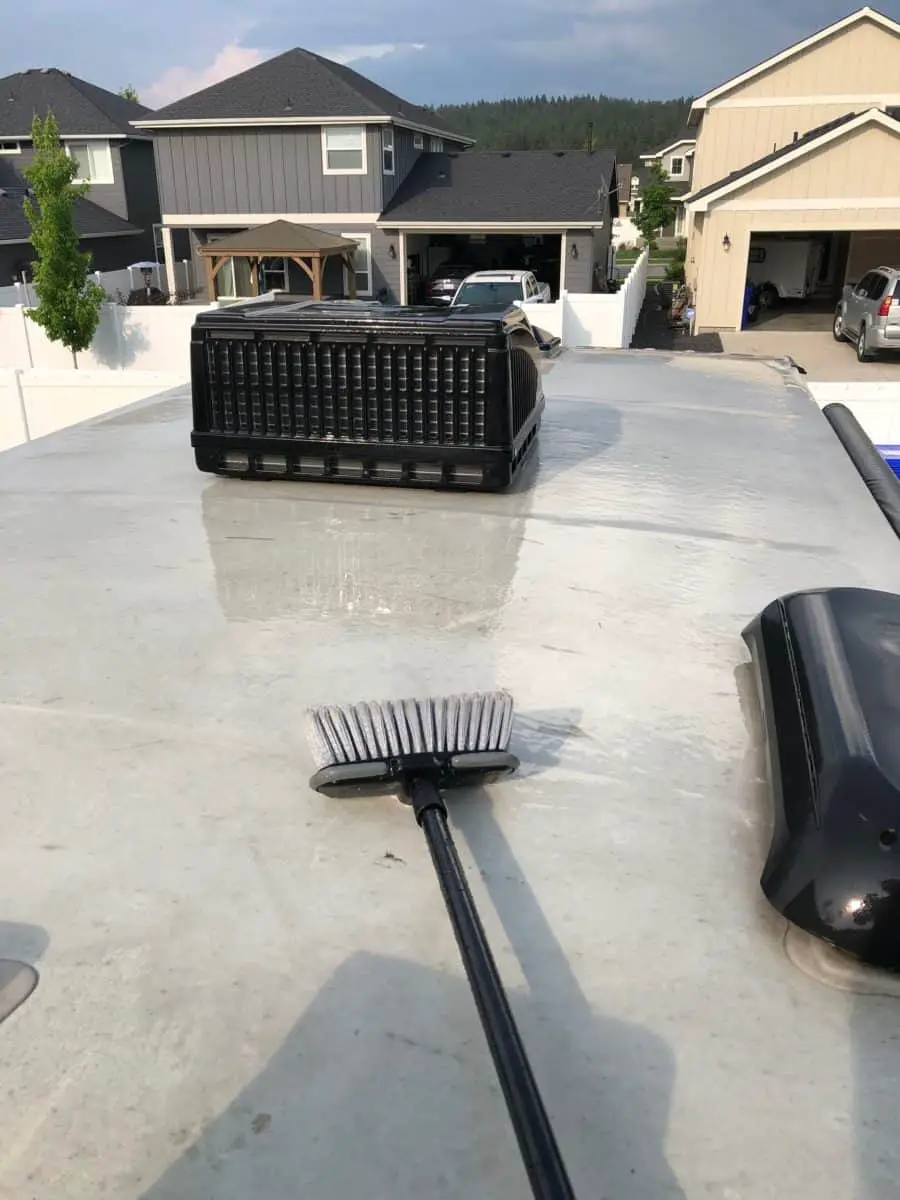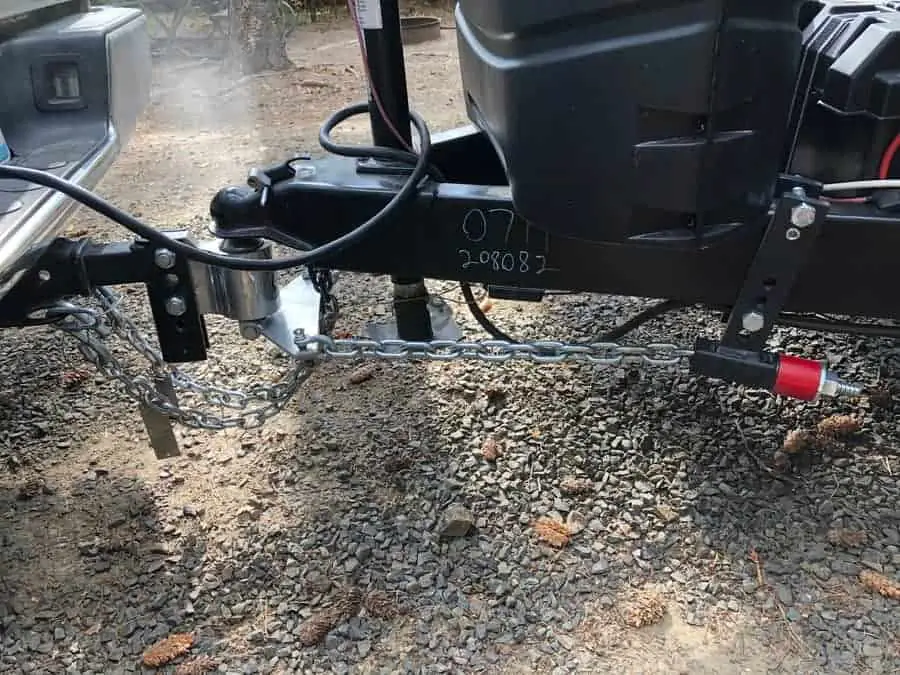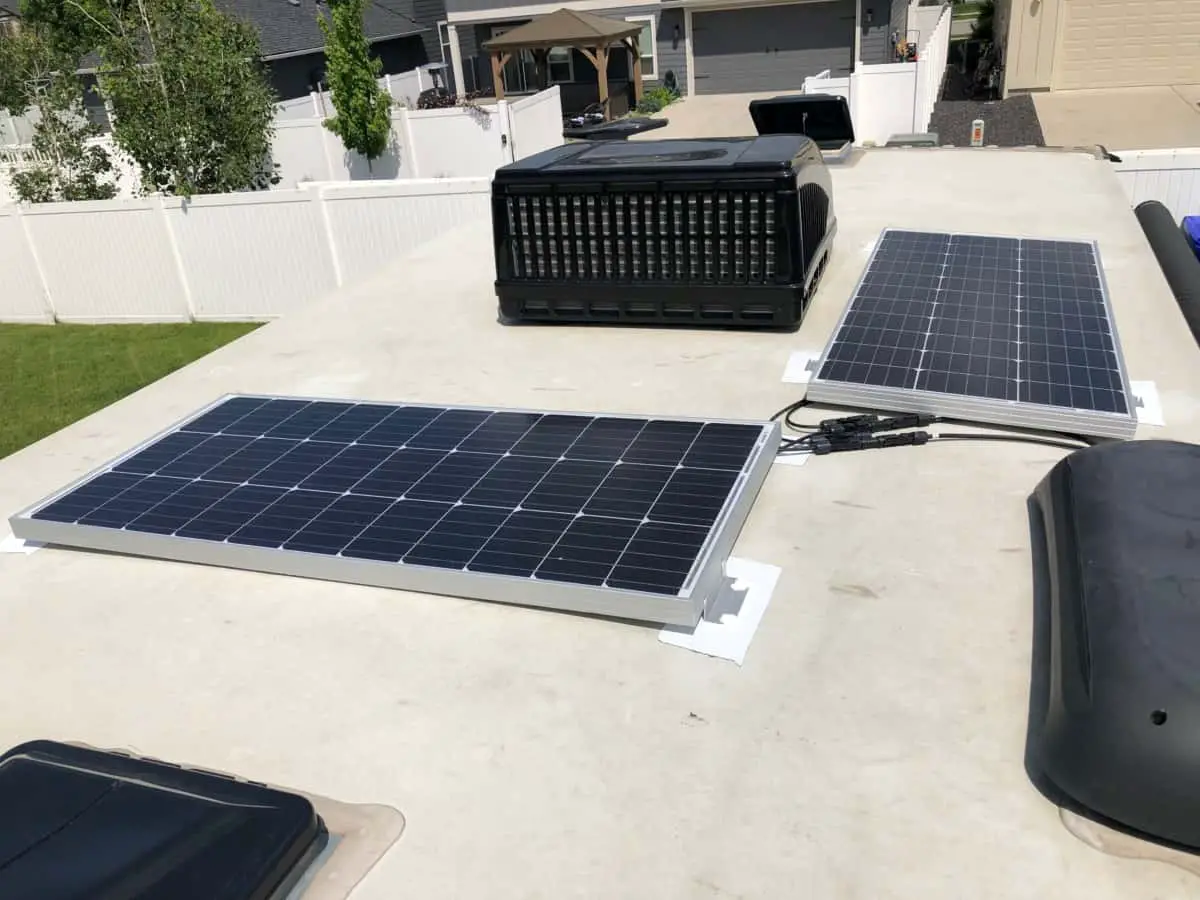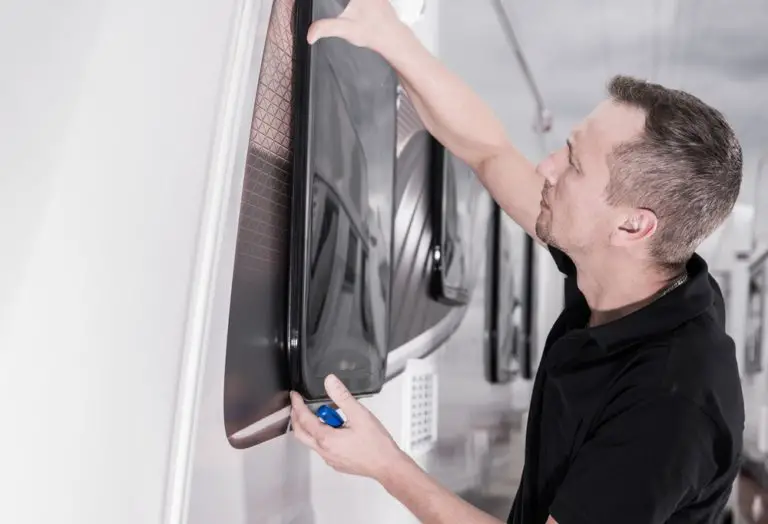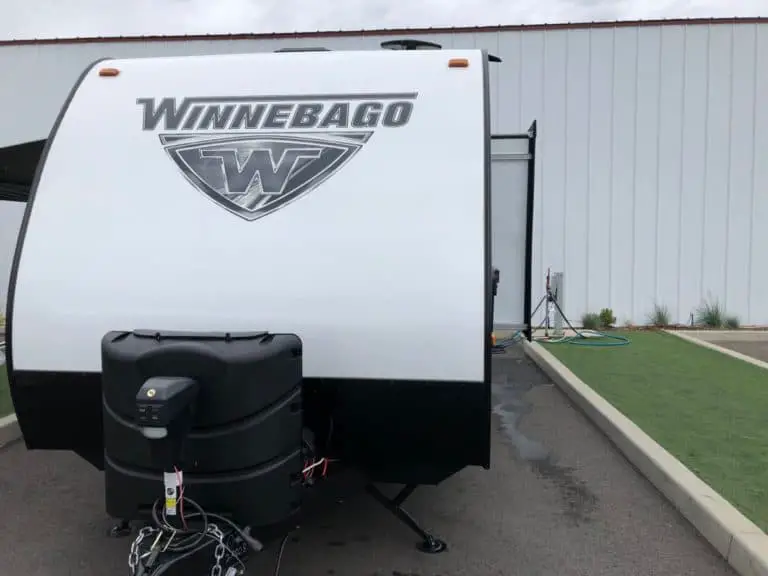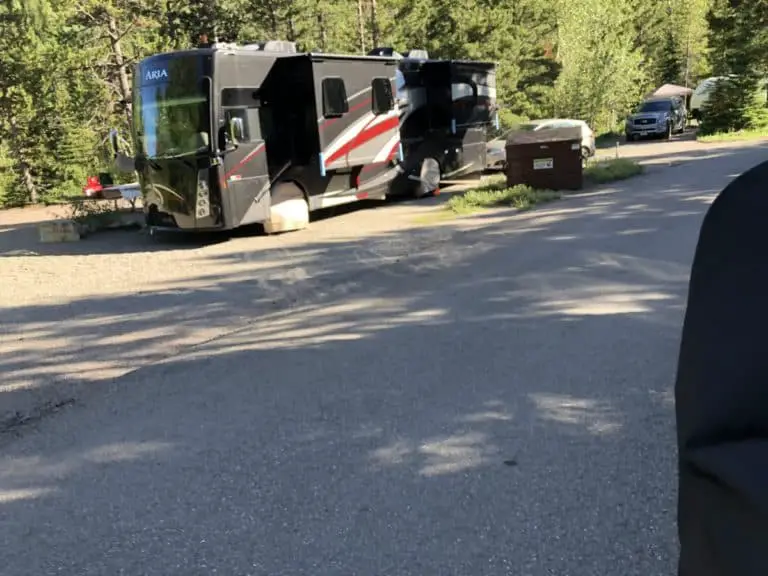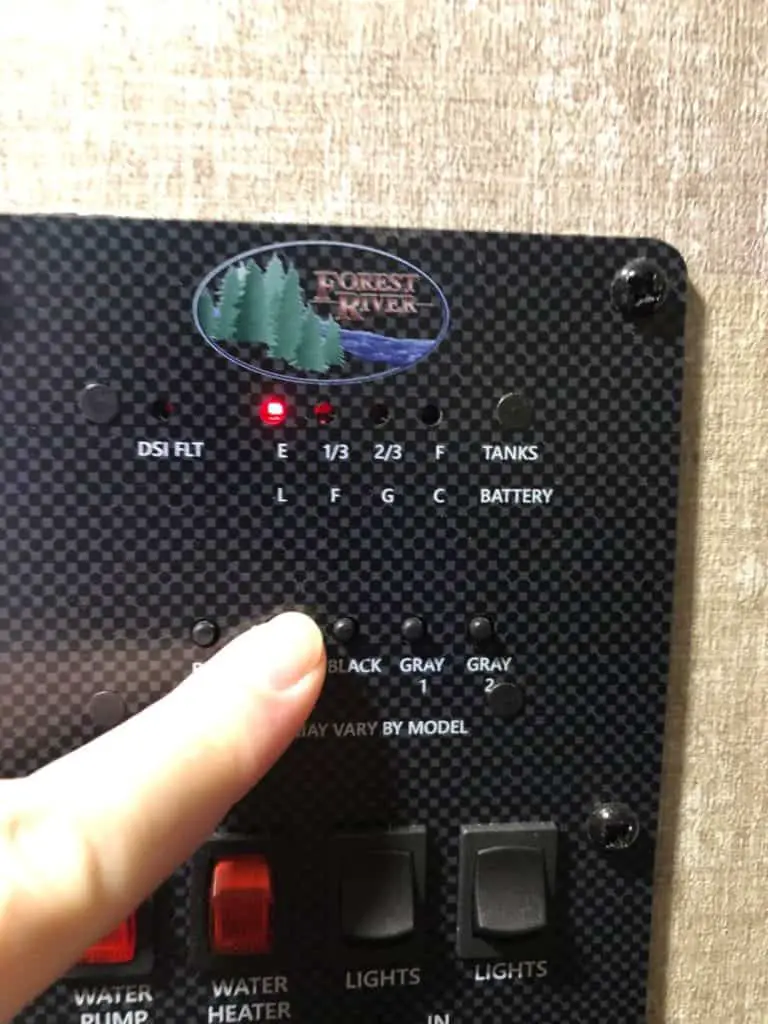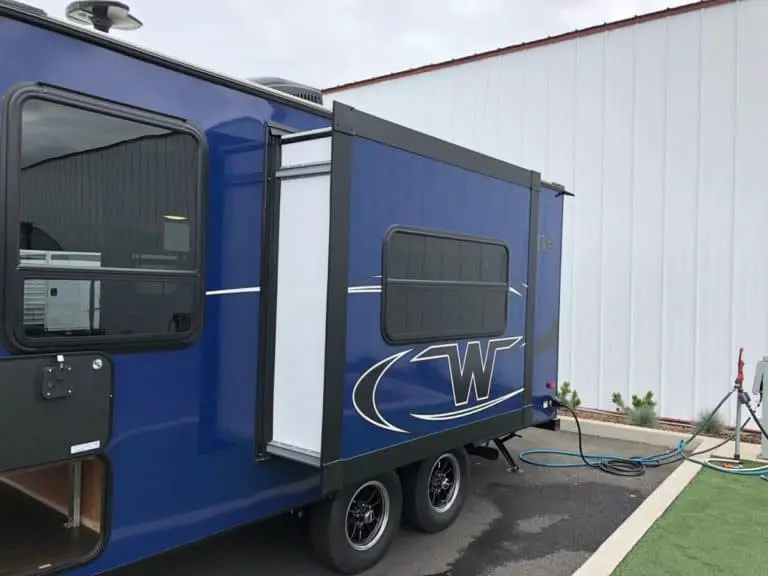How long does an RV Roof Last?
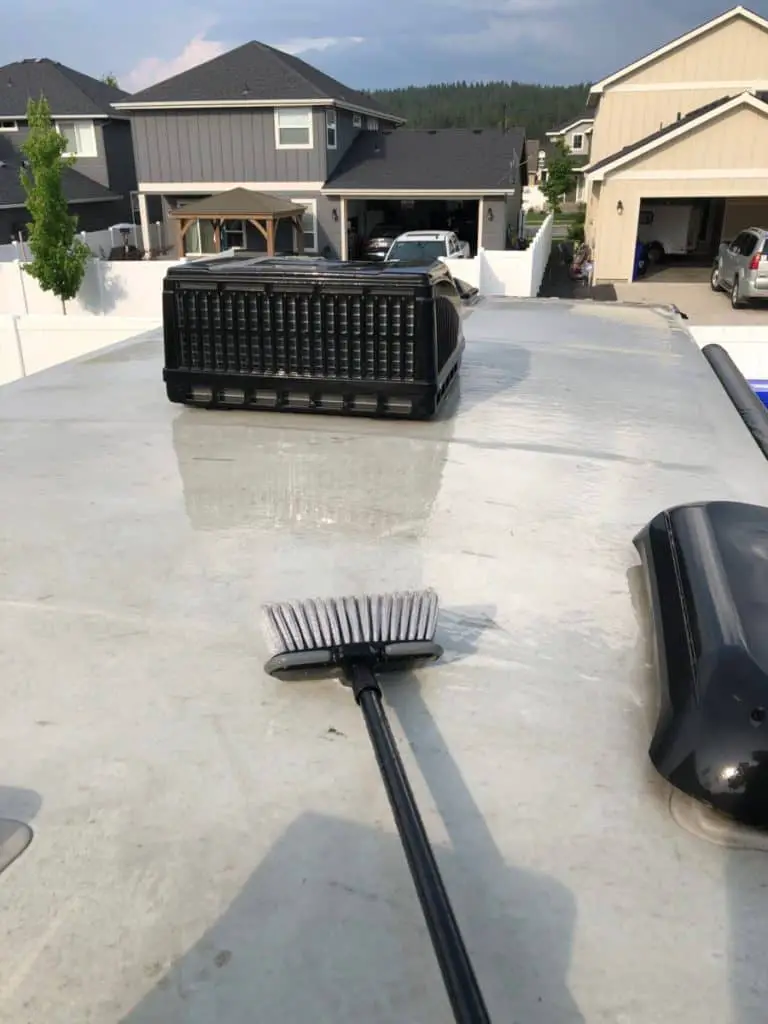
Any RV owner will know that the roof of their vehicle endures a significant amount of wear and tear. For new RV owners, this may quickly become worrying as you begin to consider the potential issues. Luckily, there are ways of protecting the roof of your vehicle against the elements and prolonging its life. Before we explore these, let’s take a look at how long an RV roof lasts on its own.
How long does an RV roof last? The average RV roof will last about 20 years before it needs replacing. However, before this 20-year mark, it will likely develop a few leaks due to wear. It is important to preventive maintenance for extending the life of your roof. This will help ensure that you get the most out of it before needing a replacement.
Lets take a look at the different materials used to make RV roofs, their average lifespans, and ways of prolonging the lifespan of each.
Types of Roofs
There are several different types of materials commonly used to make RV roofs. Here are the most common types of RV roofs:
Rubber
Rubber roofs are known for their durability. This is why they are the most common roof type that you will find on RVs and travel trailers. They are made with a rubber membrane that sits on top of the vehicle and protects it from the elements.
Average lifespan: Rubber roofs usually have a 10+ year guaranteed lifespan, but with a little preventive care, you can easily extend this to reach 20 years.
How it can be damaged: Specific types of chemicals can damage the rubber membrane of these types of roofs. Avoid using overly abrasive or acidic cleaning products on your rubber roof. The membrane can also tear if struck by low-hanging tree limbs, so avoiding this type of impact will help increase the lifespan of your rubber RV roof.
TPO Roof
TPO, or thermoplastic polyolefin roofs, are made with a type of synthetic material. These roofs are usually laminated, making them resistant to the elements. This is a sub-group within the rubber roof category, making it a popular choice among RV owners.
Average lifespan: TPO roofs typically last between 10-20 years. Depending on the elements you come across, as well as the maintenance you put in, you can easily reach the 20-year mark before needing a replacement.
How it can be damaged: TPO roofs also run the risk of damage due to certain chemicals, as well as damage that causes a tear in the lamination. It is best to consult your user’s manual to learn the best ways to avoid these types of damage.
Fiberglass
Fiberglass roofs are constructed with a molded piece of fiberglass. By adding a layer of protective wax, you can ensure that elements and debris slide off of the material without causing damage.
Average lifespan: Fiberglass roofs can last around 10-20 years as well. There are several specific ways these roofs can become damaged, so it is worth reading the user’s manual and putting in some regular maintenance work to keep your fiberglass roof in good shape.
How it can be damaged: Fiberglass roofs risk developing small hairline cracks that can add up over time. These roofs also oxidize if they are not properly maintained. This oxidation causes a loss of shine, the release of a chalky, white powder, and leaves the roof vulnerable to the elements. By thoroughly removing this oxidation residue, cleaning the roof, and applying a layer of protectant wax, you can prevent oxidation and extend the roof’s lifespan.
Metal
These days, metal roofs are probably the least common type of roof you will see on RVs and travel trailers. They will usually be made of aluminum and are relatively low-maintenance compared to roofs made of other materials.
Average lifespan: An aluminum RV roof will usually last ten years before requiring repairs. After this period, your roof may still last several years, but will likely need routine repairs due to leaks.
How it can be damaged: Like any other type of roof, the most likely cause of damage will be cracks that cause leaks. If you are proactive about any small leaks that you find, you may be able to increase the lifespan of your vehicle’s roof by several years.
How to extend the life of your roof?
Regardless of the material that your roof is made from, there are a few best practices that can help you extend its life significantly. Here are a few of the ways you should work to maintain your roof.
- Keep it clean: You should regularly clean the roof of your RV to clear it of dust, debris, and any other elements. Letting these things sit on your roof can speed up the aging process and lead to a quicker need for repairs. It is a good idea to use a secure ladder and clean your roof from the side, rather than standing on top of your vehicle. Read your user manual to learn the best cleaning products for your specific roof material.
- Use a cover when not in use: For the aforementioned reasons, it is good to keep your RV’s roof clear of elements and debris. To avoid regular cleanings when not in use, you can use a fitted cover that securely covers your RV. Make sure you choose a cover that thoroughly protects from UV rays, moisture, and other elements to prevent damage.
- Prevent Leaks: As you know, leaks are the most common issue that you will face with any type of RV roof. To prevent leaks, regularly clean your roof and cover it when not in use. You can also caulk certain areas to make sure they are thoroughly sealed. Read your user’s manual to learn the types of caulking that will be compatible with the material of your roof.
Should you use a roof sealer? (such as EPDM coating)
Roof coatings such as EPDM, or Ethylene Propylene Diene Monomer, are recommended for maintaining rubber RV roofs. This coating is a synthetic rubber material that can be used to maintain the integrity of your roof and extend its lifespan.
Roof sealers such as this can last several years, helping to prevent leaks and tears in the rubber material of your vehicle’s roof. Read your user manual for guidelines on when and how frequently to apply a roof sealer in order to ensure an extended lifespan of your RV’s roof.
Conclusion
No matter which material your roof is made from, it is likely to last between 10-20 years. The more proactive maintenance you perform, the more likely you are to reach the 20-year mark before requiring a replacement. Although rubber and TPO roofs are among the most common, it is wise to consider all of your options before choosing a roof for your RV.
Although the roof of your vehicle may frequently be out of sight, it is important to remember to clean it and keep it clear of debris and dust. Once you have found the proper cleaning solution for your roof’s material, all you’ll have to do is climb up on a ladder and give it a solid cleaning a few times a year. If you travel in an area with trees or dust, it is a good idea to clean your vehicle afterward to avoid damage.
Additional maintenance may include waxing and caulking. Learn the perfect combination of maintenance strategies for your vehicle’s roof, and you should be able to make it last for 20 years or more!
Be the first to be notified about FREE tips, hints, coupon codes, and email-exclusive information. All for FREE!

